Puglia Pools is now supplying Palintest photometer systems that carries out digital water testing here in Italy. The system utilises two-way Bluetooth communication with smartphones and tablets. The app is an important part of the system, it allows for instantaneous software updates/upgrades, test customisation and mobile sharing of the results by uploading to spreadsheets or via email. Although the app is not necessary for all devices in fact you can read the results directly on the device.
The photometers are waterproof (IP67), It also incorporate a permanent built in sample cell which eliminates loose parts, streamlines the test procedure and improves accuracy.
The app shows a lot of parameters and offers a truly customised experience saving users hundreds of euros.
We are currently in the process of translating the app, instruction manuals and instruction videos into Italian. Although the system is very simple to use and the instructional videos simple to follow in any language.
There are several images that you can go through if you scroll down the page. We post some of the equipment that we currently use for testing water. We constantly upgrade our technologies and move to more precise systems. If you need more information about the photometer or you would like to get one, don’t hesitate to contact us.
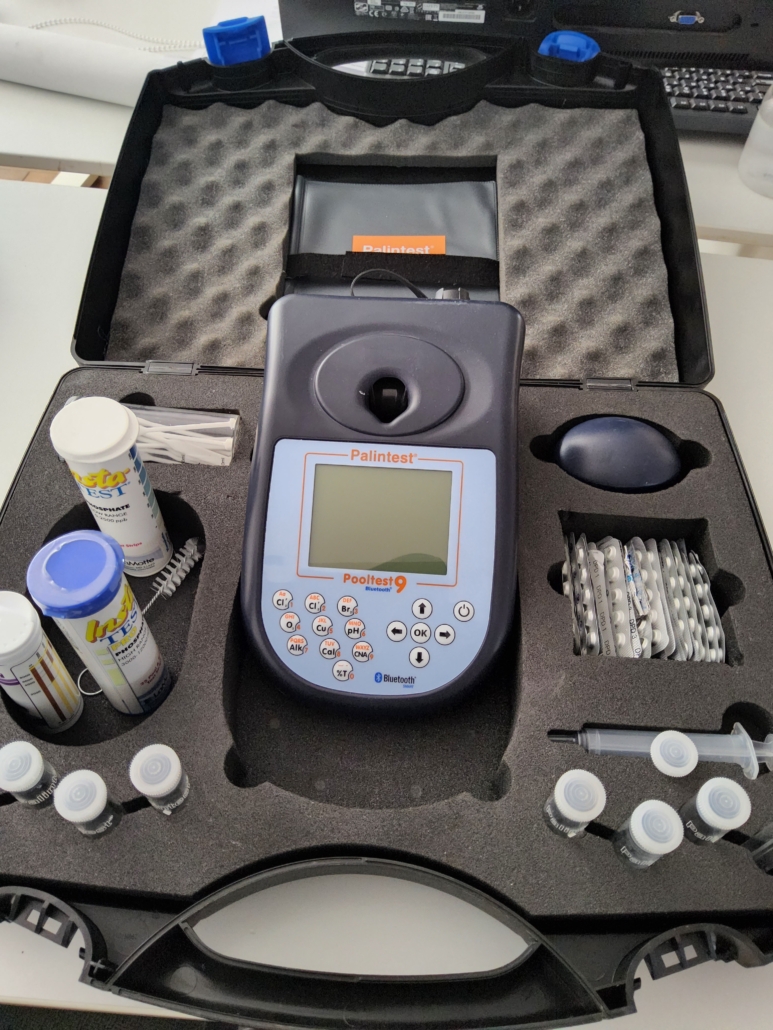


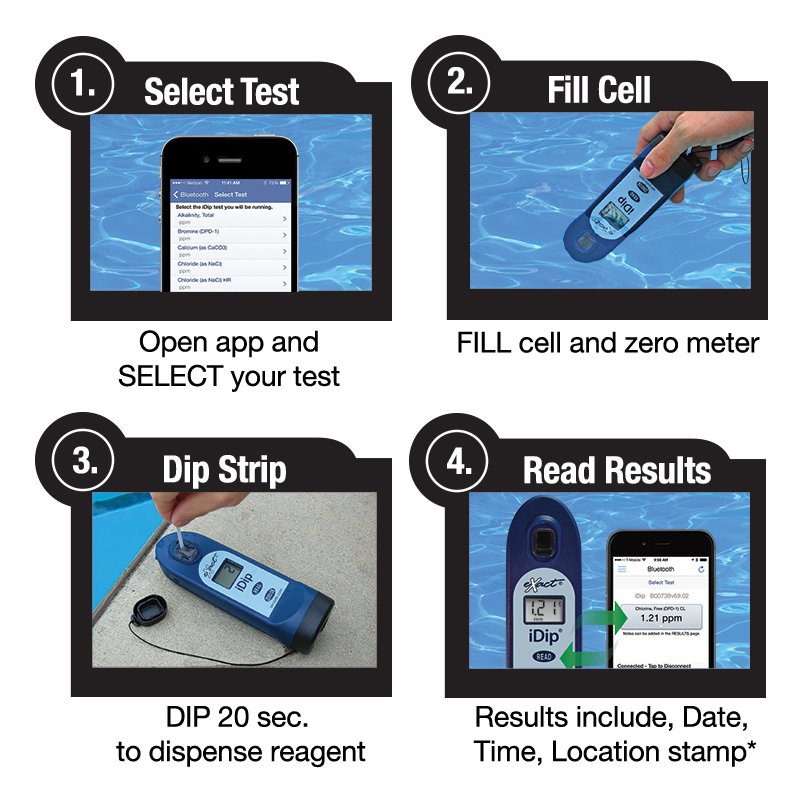
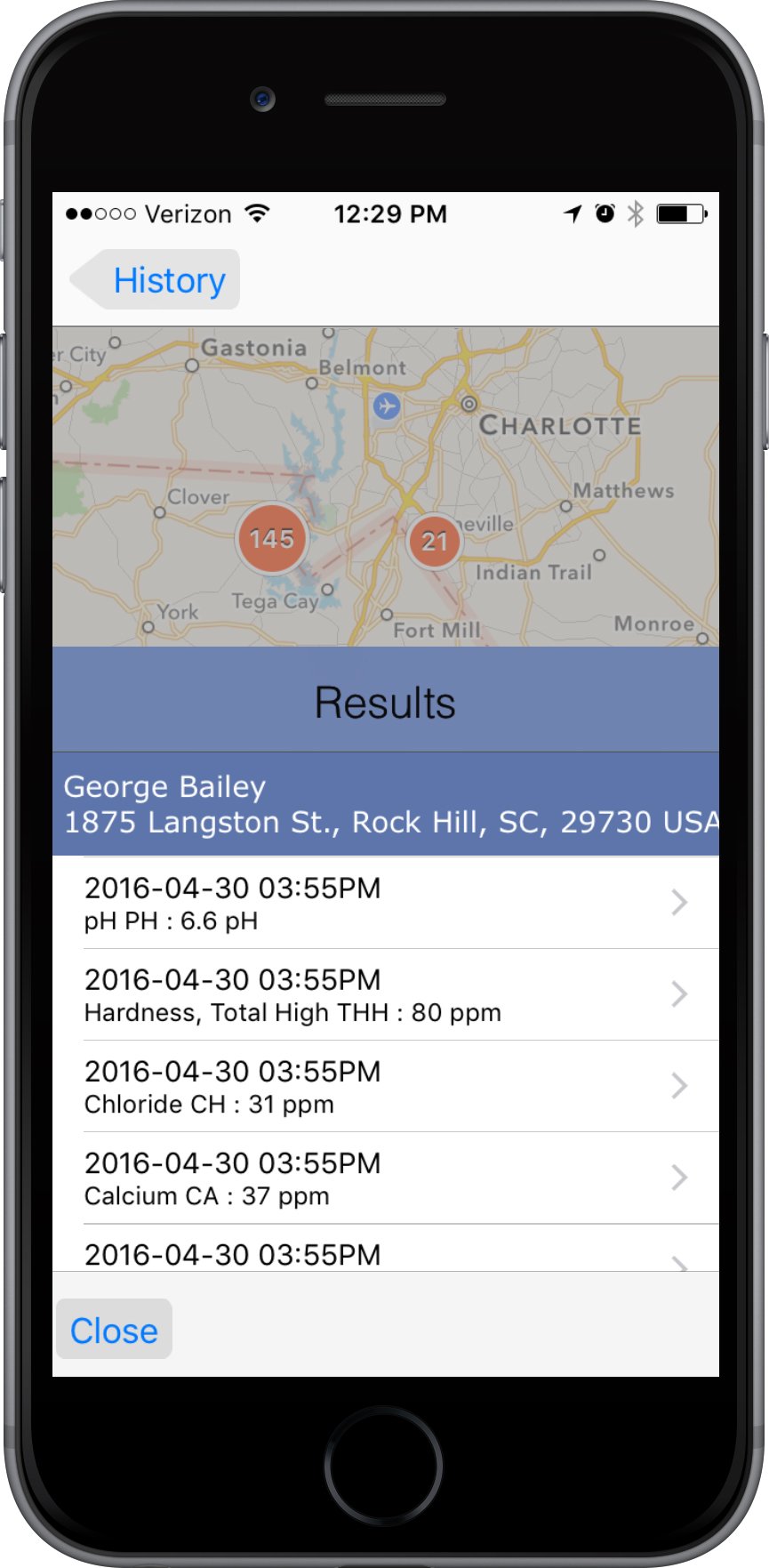
for more information…
Here at Puglia Pools, we have over ten years experience in pool construction and maintenance. We always keep up to date with the latest pool maintenance technologies. If you are interested or you need professional help do not hesitate to contact us, you can also follow us on Instagram or Facebook or you can reed the other articles available on our website.
In ditta sono disponibili kit piscine da costruzione per operai autonomi.
Inoltre incluso nel prezzo è presente il tempo impiegato dai nostri ingegneri per l’ installazione delle tubazioni, dell’ illuminazione, dei sistemi di filtraggio e rivestimento.
C’è anche la possibilità di aggiornare il kit appositamente per diversi tipi di rivestimento nonchè di sistemi di igienizzazione e riscaldamento e coperture.
Struttura complete di pannelli d’acciaio, relativi rinforzi laterali, zanche di fissaggio e bulloneria a completamento. Rivestimento interno in liner di PVC. Elencando i compinenti, Il kit piscine è completo di skimmer, bocchette di mandata acqua, filtro, pompa, raccorderia e tubazioni. Quadro elettrico con orologio di programmazione, scala in acciaio a 3 gradini antiscivolo.
Cosa è contenuto nel kit piscine
Struttura completa di pannelli in acciaio, relativi rinforzi laterali, zanche di fissaggio.
Bulloneria a completamento.
Rivestimento interno in membrana di PVC.
Guida in alluminio per aggancio rivestimento.
Il kit piscine è compreso anche di:
Locale tecnico in vetroresina pronto al funzionamento, filtro a sabbia con valvola a sei vie di sfogo, elettropompa monofase con prefiltro, tubi di collegamento , valvole a sfera e raccorderia a completamento.
Kit per tubazioni di collegamento, precisamente raccordi e colla.
Skimmer, in aspirazione alla pompa completo di cestello raccogli impurità, aletta fluttuante, attacco per il troppo pieno.
Bocchette di immissione acqua in piscina.
Quadro elettrico con orologio per programmazione dei tempi di filtrazione della pompa, cavo di collegamento, cavo esterno con spina schuko.
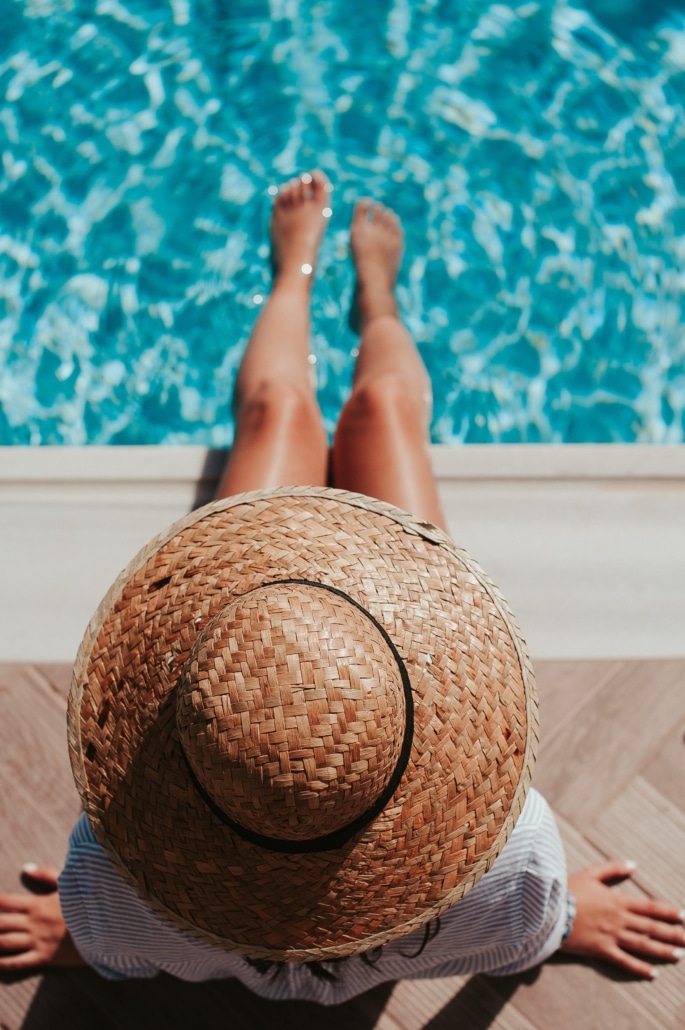
Per maggiori informazioni
Per maggiori informazioni sui kit piscine o per qualunque altro nostro servizio non esitate a contattarci. Puoi trovarci anche sulla nostra pagina Facebook e Instagram dove troverai molti dei nostri lavori e novità sui nostri servizi.
above ground pools
Here at Puglia Pools, we specialise in all types of pool construction and maintenance. We work hard to offer the best service possible to satisfy your requirements. For this reason, we can provide you with several options for your pool construction project. Sometimes the laws do not allow you to build an inground pool but don’t worry; there is always a way to enjoy your holiday home with your family. The best solution, if you can not build an in ground pool, is to look for the perfect above ground pool that suits your property environment and your needs. There are many options available here at Puglia Pools, and we will find you the best option possible, to give you the pool of your dreams.
If you need more information on above ground pools, do not hesitate to contact us, we are also on Facebook and Instagram, where you can find out some of our pool works that could inspire you.
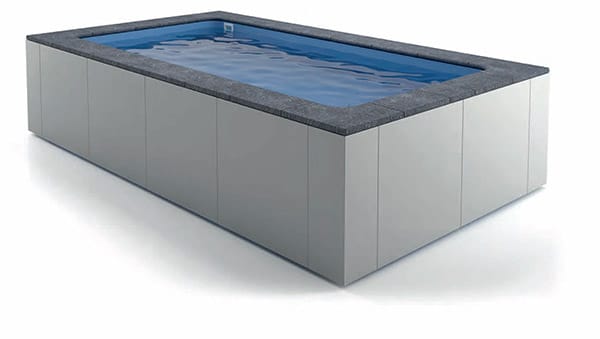
La temperatura ideale di una piscina variare in base al suo utilizzo. Se ci sono bambini o anziani che utilizzano la piscina, è consigliabile optare per una piscina riscaldata. Per un uso più blando, la temperatura ideale dell’acqua si aggira tra i 26 e i 28 gradi centigradi. Mantenere la soglia di queste temperature può risultare difficile, specialmente nei mesi primaverili ed autunnali. Più ampio risulta il volume dell’acqua più tempo impiegherà la piscina a riscaldarsi. Avere una piscina grande e profonda non è sempre la scelta ideale. Se si intende estendere gli affitti stagionali nei mesi intermedi, una piscina riscaldate risulta più indicata. Le piscine perdono la maggior parte del suo calore attraverso l’evaporazione dell’acqua. Per questo motivo è necessario avere una copertura che aiuti sia a riscaldare la piscina che a trattenerne il calore.
Riscaldamento
Noi consigliamo due tipi di riscaldamento. I panelli fotovoltaici e gli scambiatori di calore. Diversamente ci sono altre opzioni riguardano caldaie a gas o riscaldamento elettrico a causa del loro consumo però il costo di questi ultimi può risultare elevato. L’unico costo dei pannelli riguarda la loro installazione. Necessitano di un ampio spazio per l’installazione e lavorano al meglio solo in giornate soleggiate. Invece le pompe di calore richiedono spazi di installazione più contenuti ma lavorano indipendentemente dalle condizioni meteo. Tuttavia, bisogna considerare il costo dell’elettricità per il loro regolare funzionamento. Gli ultimissimi inverter per pompe di calore però sono molto più evoluti dei precedenti modelli. La soluzione ideale una piscina calda in maniera costante risiede nell’ utilizzare entrambi i sistemi. in altre parole, quando le giornate saranno più soleggiate i pannelli forniranno energia gratuita invece in condizioni svantaggiose la pompa di calore provvederà al riscaldamento.
Copertura
In fine, una volta che la piscina è calda la si può mantenere alla temperatura ottimale, basta installare una copertura. C’è una larga gamma di coperture disponibili a seconda della loro funzionalità e del loro costo. La pallinata, aiuta a scaldare e conservare la piscina riscaldata in caso di mal tempo e durante la notte. La copertura stile spugna non aiuta a riscaldare la piscina ma è migliore rispetto alla copertura pallinata nell’isolare la piscina. Le coperture elettriche a tapparella, sono in grado di riscaldare e isolare la piscina per fornire anche una protezione per i bambini. La loro struttura solida può sopportarne il peso.
Si può disporre anche di una protezione solare liquida. Questa viene aggiunta all’acqua della piscina che crea una copertura molecolare impercettibile. In fine questo sistema è in grado di ridurre l’evaporazione dell’acqua che risulta la causa principale della perdita di calore.
Qualunque sia la vostra richiesta, esiste una forma di riscaldamento e mantenimento più incline alle vostre esigenze.
Se hai bisogno di più informazioni non esitare a contattarci. Puoi trovarci anche sulle nostre pagine Facebook e Instagram, dove potrai dare un occhiata a molti dei nostri lavori.
Have you had problems getting planning permission for a pool? Is your property in an area where a permanent pool is not permitted? Is you planning application taking a long time and is still nowhere near being passed?
Under the legislation anyone is permitted to have a seasonal pool for 6 months if it does not require any permanent structural work and is totally dismountable.
We have a range of pool sizes that comply with the regulations and offer a service to construct the pool for you in the spring, dismantle it in the autumn and if you do not have the space then we can store it for you over winter.
There is no reason at all for you not to have a pool at your property so contact us for more information.

ADDRESS
Via Rosario Livatino 31 – 35
Locorotondo, 70010
BA, Italy
BUSINESS HOURS
Monday – Friday: 9am – 5pm
Saturday & Sunday: Closed
